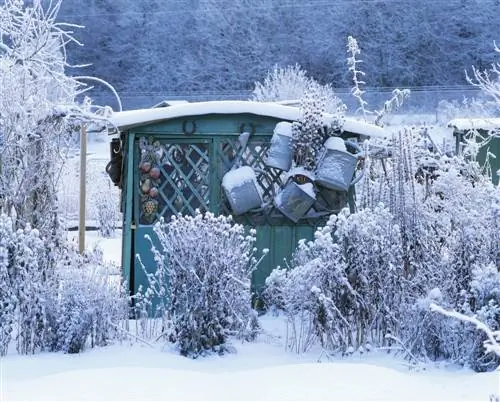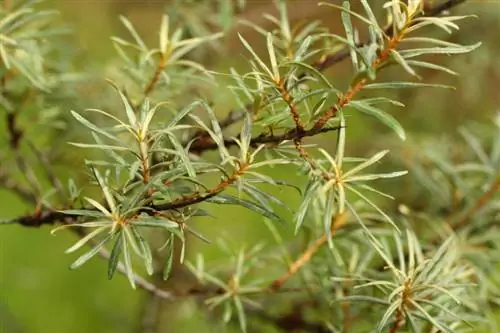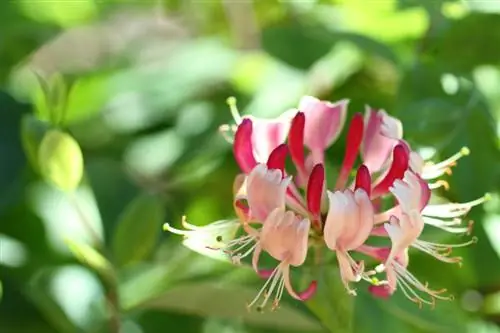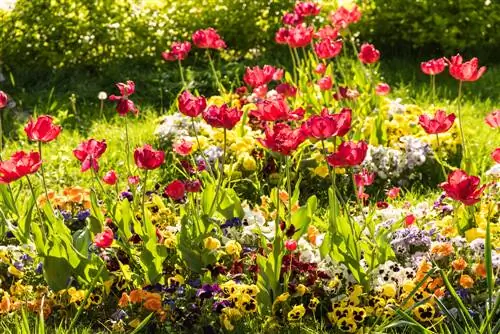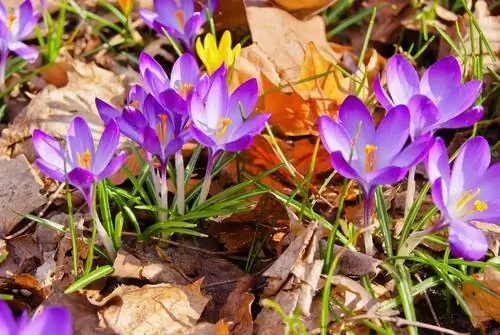- Author admin [email protected].
- Public 2023-12-16 16:46.
- Last modified 2025-06-01 06:02.
When home gardeners design a flower garden, hardy species and varieties should not be missing. This guide explains the characteristic features of hardy flowers and gives tips for choosing them.
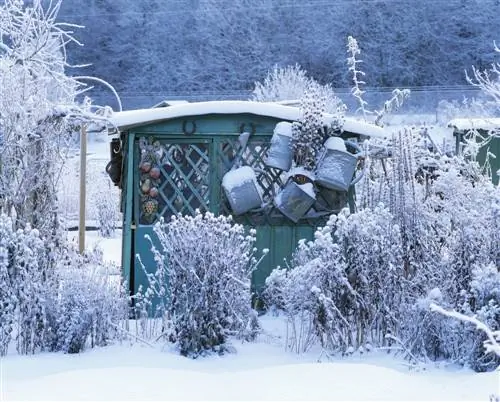
What are the characteristics of hardy flowers for the garden?
Winter-hardy flowers are characterized by their ability to survive frost and snow without protective measures. They have herbaceous plant parts that die off after the first frost, roots that survive deep in the ground and sprout again on their own in spring.
What characterizes hardy flowers?
If a flower is defined as hardy, it will survive frost and snow at its location without any protective measures. This floral masterpiece is based on a sophisticated survival strategy. The following characteristics characterize perennial flowers:
- All herbaceous plant parts die after the first frost
- The roots survive the winter deep in the ground
- In spring, hardy flowers sprout again on their own
This clever master plan uses a variety of flower species. This not only includes plants with strong roots and rhizomes. Bulb flowers such as daffodils and tulips also fall into this category. Of course, we shouldn't lump together bulbous flowers. While anemones thrive at temperatures down to -30 degrees Celsius, exotic dahlias can only survive the cold season in frost-free, dark winter quarters.
Winter hardiness zones - practical guidance
Since winter conditions depend largely on the geographical location, a plant cannot be generally described as frost-hardy. A flowering diva from the Mediterranean that blooms all year round is shivering in Central Europe at temperatures below 10 degrees Celsius. When looking for perennials for your flower garden, take a look at their hardiness zone.
In order to capture the sometimes drastic climatic differences, special maps divide Europe into winter hardiness zones with temperatures as the central criterion. A total of five winter hardiness zones are valid for Germany. These extend from WHZ 6a (-23.4 degrees to -17.8 degrees for high altitudes) to WHZ 8a (-12.3 degrees to -6.7 degrees for mild wine-growing regions).
In practice, however, it has been shown that winter hardiness zones are only useful as a rough guide. The local microclimate in your garden is crucial for the frost tolerance of perennials. In a warm, wind-protected niche within winter hardiness zone 6a, Mediterranean flowers have better prospects of an undamaged winter than in an exposed, windswept location within winter hardiness zone 8a.
Tip
The imaginative, Mediterranean garden design is not limited to frost-sensitive flowers and trees. Torch lily (Kniphofia uvaria), coneflower (Rudbeckia) and lavender (Lavendula angustifolia) delight every year with their colorful flowers and southern charm.

